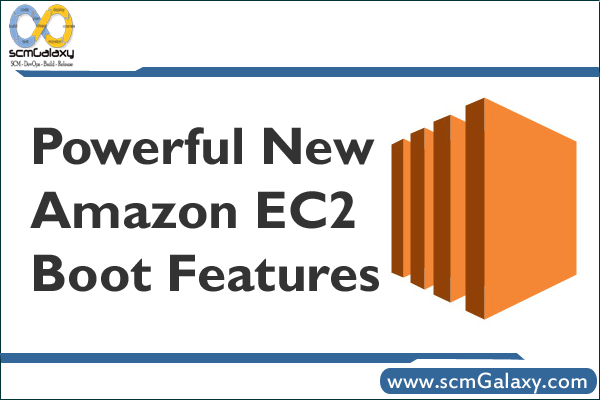
Today a powerful new feature is available for our Amazon EC2 customers: the ability to boot their instances from Amazon EBS (Elastic Block Store).
Customers like the simplicity of the AMI (Amazon Machine Image) model where they either choose a preconfigured AMI or upload their own AMI into Amazon S3. A wide variety of operating systems and software configurations is available for use. But customers have also asked us for more flexibility and control in the way that Amazon EC2 instances are booted such that they have finer grained control over for example what software configurations and data sets are available to the instance at boot time.

The ability to boot from Amazon EBS gives customers very powerful control over the boot configuration of the Amazon EC2 instances. In the traditional boot process, the root partition of the image will be the local disk, which is created and populated at boot time. In the new Amazon EBS boot process, the root partition is an Amazon EBS volume, which is created at boot time from an Amazon EBS snapshot. Other Amazon EBS volumes beyond the root disk can also made part of the instance before it is booted. This allows for a very fine-grain control of software and data configuration. An additional advantage of using the Amazon EBS boot process is that root partitions are no longer constrained by the size of the local disk and can be up to 1TB in size. And the new boot process is significantly faster because a local disk no longer needs to be populated.
With this new boot process another powerful feature is available to our Amazon EC2 customers: the ability to stop an instance and restart it at a later time with the disk configuration intact. When an instance is restarted, the customer can choose to use a different instance type (e.g., with more memory or CPU), a different operating system (e.g., with new security patches installed), or add new user data. While the instance is stopped it does not accrue any usage hours and customers are only charged for the storage associated with the Amazon EBS volume. The ability to stop and restart an instance is a very powerful mechanism that makes management of instances much easier; many scenarios related to adaptive instance sizing and software management have now become much simpler.
The new boot from Amazon EBS feature is an important step in our continuing quest to remove more and more of the heavy lifting that comes with today’s computer environments.
